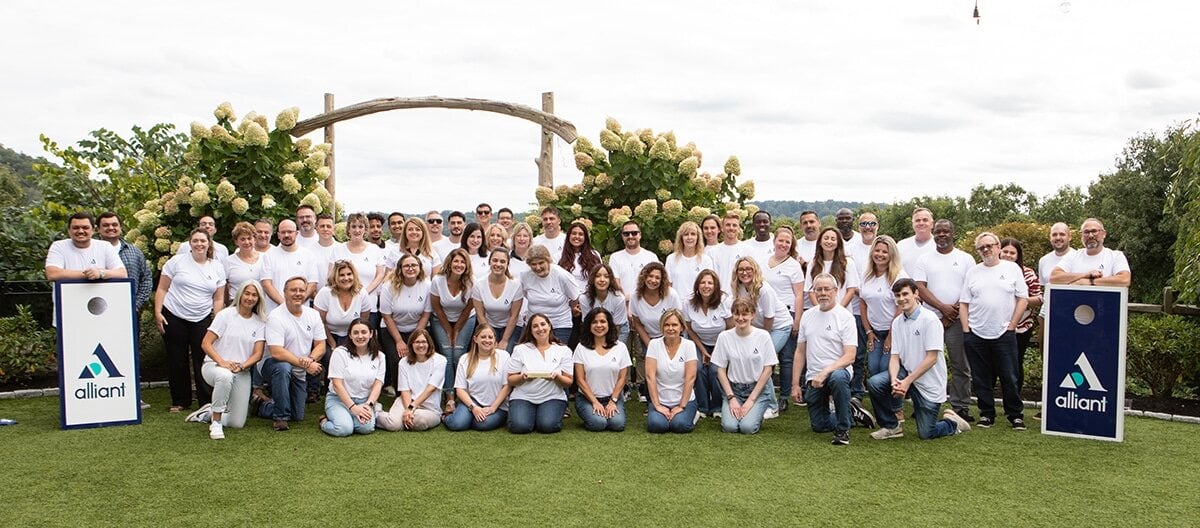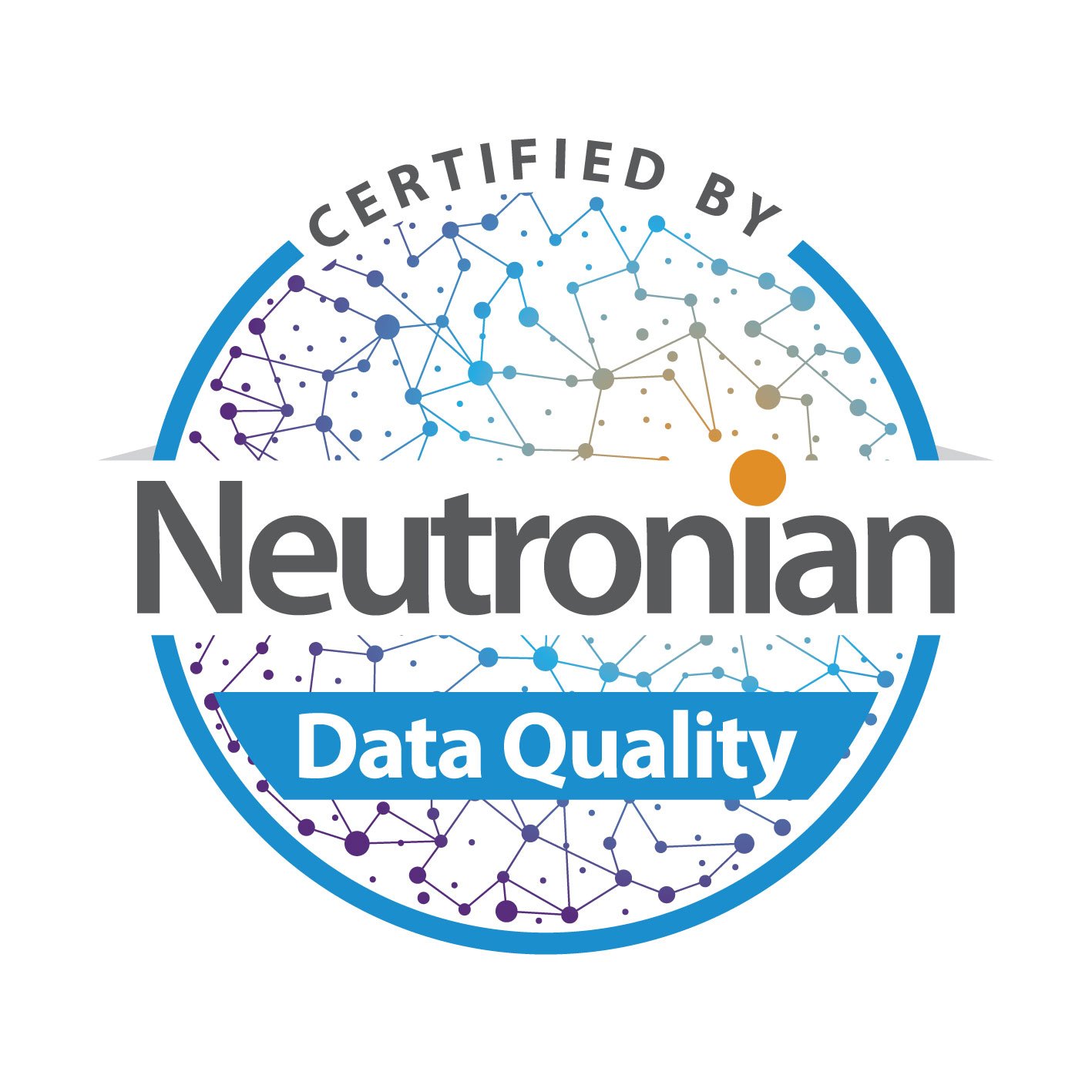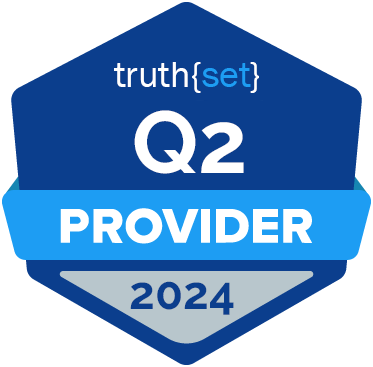Brands with strong data strategies are extremely adaptive, and part of that nimbleness comes from having a solid data testing approach in place. Data testing—the process of evaluating new data sources for partnerships, licensing, product development and more—is an increasingly vital component of a strong overall marketing program. That’s because, in a dynamic and fast-evolving data landscape, brands must be prepared to replace lost data signals and partners within their programs, while also proactively future-proofing their data strategies and increasing scale.
So, how can marketers plan and execute successful data tests? In today’s landscape, a consistent and comprehensive approach offers the path to efficient and actionable results. Here’s what that looks like.
Establish clarity in the planning phase
A successful data test starts with the creation of an overarching business case for the data source or signal. In other words: Why is the brand testing it in the first place? Why is this data important to the business and team? What is the team willing to spend?
With a clear business case established, marketers can gain buy-in from leadership to move forward. As a part of this process, marketers should also ensure that they’re aligning with stakeholders across the enterprise, including not only those in the marketing department, but also those in data science, legal, finance, IT and elsewhere.
Once aligned, marketers should move to identify their data test subjects. In some cases, a test might involve only a single source or partner, or there might be multiple sources to evaluate. In some cases, the brand might also be able to use publicly available information to help prioritize testing and mitigate impact on internal resources. Marketplace storefronts, company websites, LinkedIn and independent trade groups like the IAB can all provide helpful resources to compare and contrast potential partners. This is the first point where marketers should gauge the possible universe sizes of different sources to ensure there is enough scale to warrant testing.
Once sources are identified, marketers should look to establish budgets, resources, timelines, and KPIs and success metrics for the test. The timelines should be developed, and clearly communicated, with regard to each stakeholder’s needs in terms of roadmaps and project lists. Meanwhile, KPIs should take into consideration the business case for the data source itself, whether that’s increasing coverage in a particular category, improving model strength, aiding in identity resolution or some other important goal within a company’s broader data strategy.
Execute under defined parameters
Moving into the execution phase, marketers should begin their RFI outreach process to identified potential data partners. During introduction discussions, teams should dig into questions around data sourcing and methodologies. Based on initial conversations, marketers can determine if moving ahead with a test makes sense.
If so, marketers should then define the testing approach to be followed. Key questions to answer include:
- What will the sample size be? Tests typically don’t involve full data sets.
- How will the sample be selected? For example, a top percentage or random sampling of the full data set might make sense.
- What identity match keys will be used? Marketers should choose an approach that maximizes scale and aligns with their use case.
- How will data be transferred and stored? Preserving data security and privacy should be threaded throughout the discussions.
With these parameters established, marketers can move forward with the data test itself.
Evaluate and level-set based on results
Now comes the fun part: evaluation. This is where the data scientists and analysts often take the lead.
The first evaluation step will be to look at match rates (coverage) achieved with the new data set. From there, teams can go on to make general observations about the data as it relates to cleanliness and irregularities. In other words: Is the data what was expected? With these general observations noted, the team can then move into applying the data as outlined, by building models and comparing results from potential partners (if there were multiple).
Following evaluations, marketers should reconvene all the key stakeholders in order to review results and hear the assessment from data test leads. Sometimes, it might make sense to adjust the test and run again, particularly if the initial outcome doesn’t make complete sense. Any strong potential partner should be willing to help troubleshoot in order to get the desired outcome. Based on final results, marketers can circle back with partners and negotiate go-forward plans, as makes sense.
Don’t neglect the larger value in data testing
Here’s an important side note when it comes to evaluating your data testing efforts: Sometimes organizations need to level-set on what “success” means. Not all data tests will lead to a next step, but that does not mean it was not successful. Marketers should ask themselves the following:
- Did the process go well?
- How was communication?
- Were desired timelines achieved?
- Did the data test provide clear results?
With every data test, marketers become smarter about different aspects of their business. They uncover what works and what doesn’t, and along the way, they often identify new opportunities previously not considered.
Given the ever-evolving data landscape, the importance of testing will continue to grow for data-driven businesses. As with any data discipline, the organizations that achieve the greatest success will be the ones that stay apprised of the landscape, including new technologies, data types and data sources. With the right testing approach, marketers can ensure they’re not caught off guard and are able to pivot as the market, and their brands’ needs, evolve.
Contact the Alliant team to learn more about data testing and how to implement future-proofed data strategies.































Submit a Comment